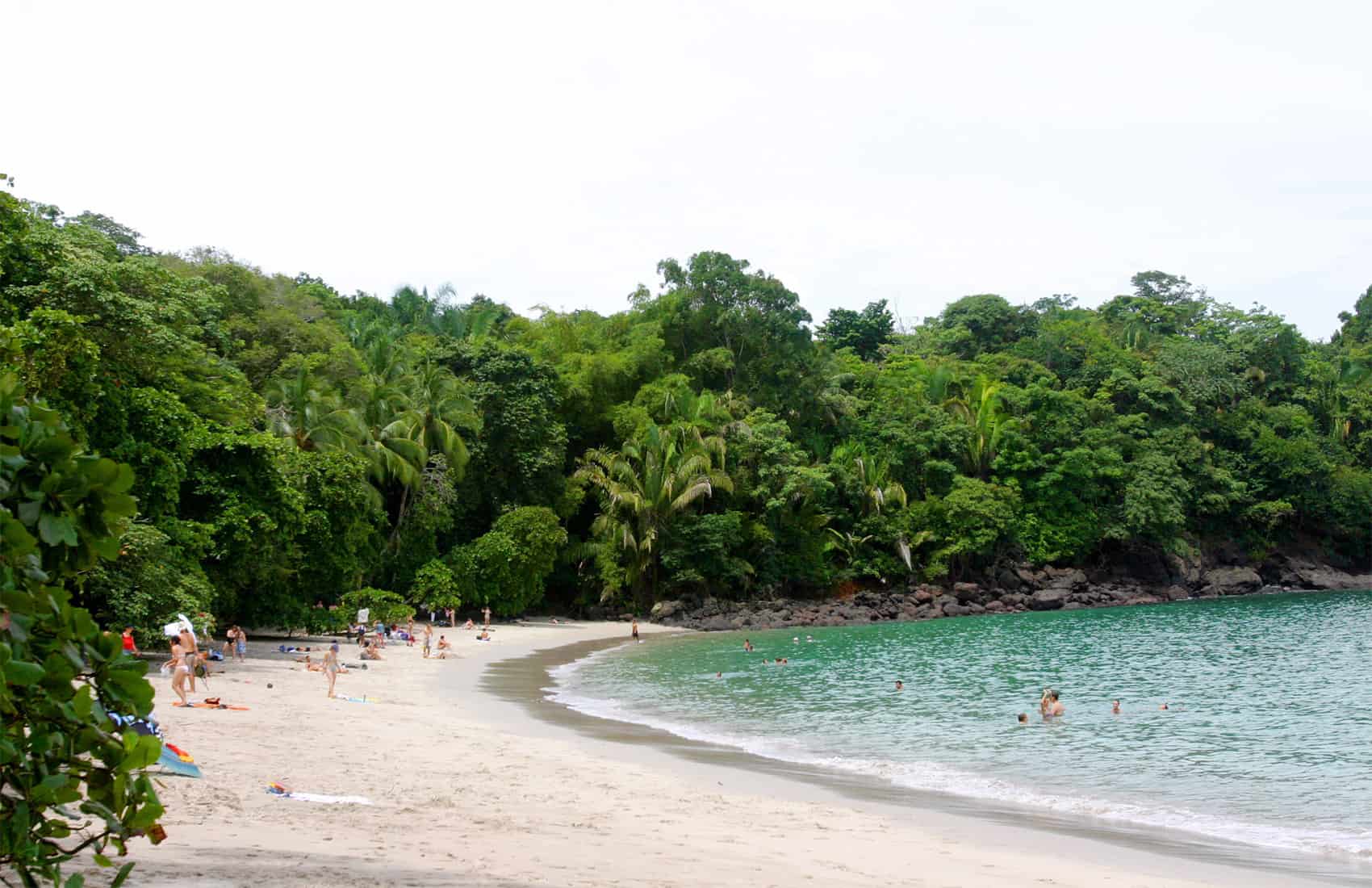It has been a turbulent period for tourism to Costa Rica.
While the country is on pace for another record year in visitors, Costa Rica’s international reputation has been marred by the highly publicized deaths of three female tourists, public-sector strikes and health scares.
On the anniversary of two tourist deaths over a 24-hour period, Costa Rica’s Tourism Board (ICT) summarized its efforts to improve tourist security over the past year.
ICT’s alliance with National Police
ICT and the Public Security Ministry (MSP) began in 2018 a five-year agreement that includes funding to construct dedicated National Police offices in Tamarindo, Guanacaste and Santa Teresa, Puntarenas — two Costa Rican towns that have experienced significant tourism growth.
The agreement is also funding training and equipment for more than 300 Tourist Police.
Lifeguards on Costa Rica’s beaches
In April 2019, Costa Rica began a three-year process to establish lifeguard programs at several popular beaches.
An agreement with the Red Cross also includes the hiring of 20 lifeguards this year to supervise Manuel Antonio Beach and Ballena Beach in Puntarenas province, and at Cocles-Manzanillo Beach in Limón.
ICT also says it has added signage to 100 high-risk beaches throughout Costa Rica, warning of riptides and other dangers.
Finally, ICT and the University of Costa Rica (UCR) launched an updated MIOCIMAR app that provides updates on surf conditions.
In 2018, 129 people drowned in Costa Rica, according to Judicial Investigation Police (OIJ).
More tools for tourists
ICT launched a tourist safety campaign that includes informational videos displayed for arriving passengers at Juan Santamaría and Daniel Oduber Quirós International Airports.
Since November 2018, ICT says it has helped train 3,500 people “to prevent emergency situations, and to adequately attend them when they arise.”
Finally, a mobile phone application with “advice and information on beaches, cities, hotels, road transport, emergency contacts and a directory with foreign embassies” will be launched within six weeks, according to ICT.
Visitors can also reference visitcostarica.com for official ICT information.
Have these measures worked?
While these measures are almost certainly positive steps toward improving tourism safety in Costa Rica, we’ll await end-of-year numbers to assess their impact.
The U.S. Embassy notes “crime is increasing in Costa Rica and U.S. citizens are frequent victims,” and the Canadian Embassy says tourists should “exercise a high degree of caution in Costa Rica due to crime.”
In 2018, tourists filed 1,785 criminal complaints, or denuncias, to OIJ. That marks a 27% increase from 2014, though there has also been a 19% increase in the number of tourists in that time.
Thefts, robberies and assaults comprise more than 95% of reported crimes, according to OIJ.






